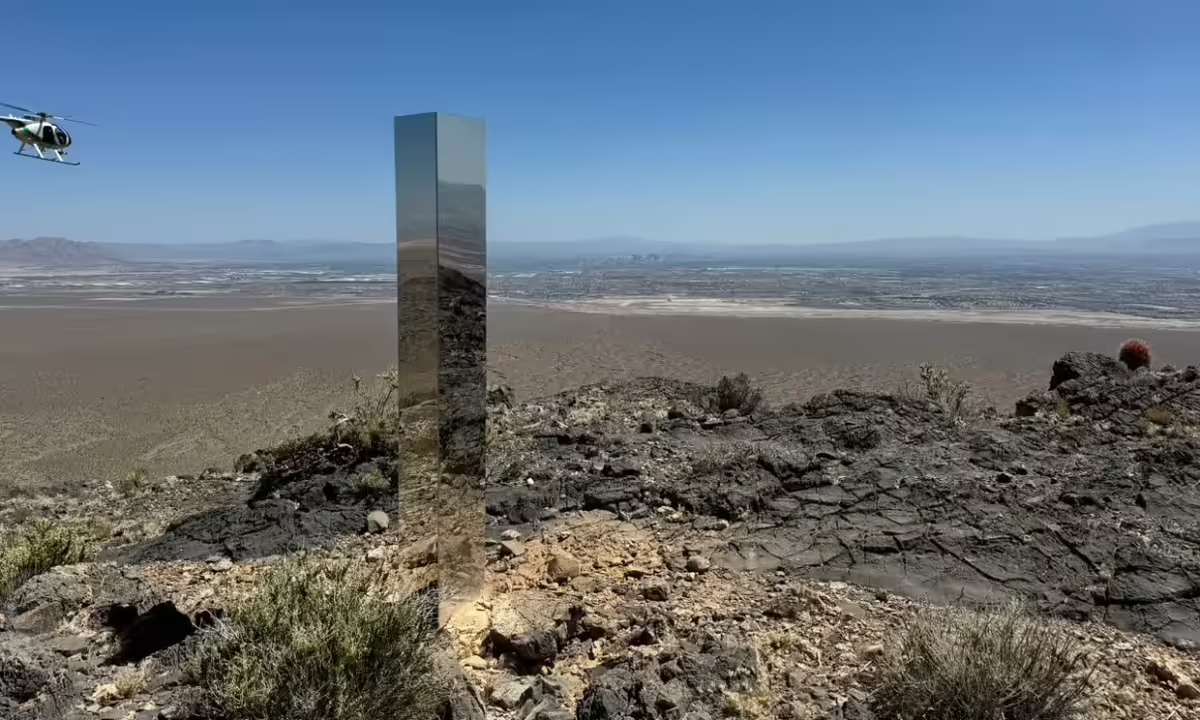Art Found in Bus Might Sell for $32 Million
A painting by Italian Renaissance master Titian, once found in a plastic bag at a London bus stop after being stolen twice, is expected to sell for up to $32 million at auction.
“The Rest on the Flight into Egypt” will be auctioned at Christie’s with an estimate of £15 million-£25 million ($19 million-$32 million), according to the auction house.
The painting, created in the early 16th century, depicts Jesus, Mary, and Joseph resting on their way to Egypt after learning that King Herod of Judea wanted to kill the young Christ.
Titian, whose real name was Tiziano Vecellio, made the small painting (18.25 inches by 24.75 inches) early in his career, before he became known for his larger works.
The oil-on-canvas has a notable history. After passing through various European aristocrats, it was looted by Napoleonic troops in 1809 and taken to Paris. It was returned to Vienna in 1815 and later owned by John Alexander Thynne, 4th Marquess of Bath, in Wiltshire, England.
In 1995, the painting was stolen from Longleat, the home of Thynne’s descendants, and was missing for seven years before being found at a London bus stop by art detective Charles Hill.
“This painting has been coveted by aristocrats, archdukes, and emperors for its vividly colored scene of familial affection,” Christie’s said in a statement. “Like its subjects, ‘The Rest on the Flight into Egypt’ has been on a long and eventful journey — a journey that’s far from over.”






